
8 minute read
siem reap sustenance
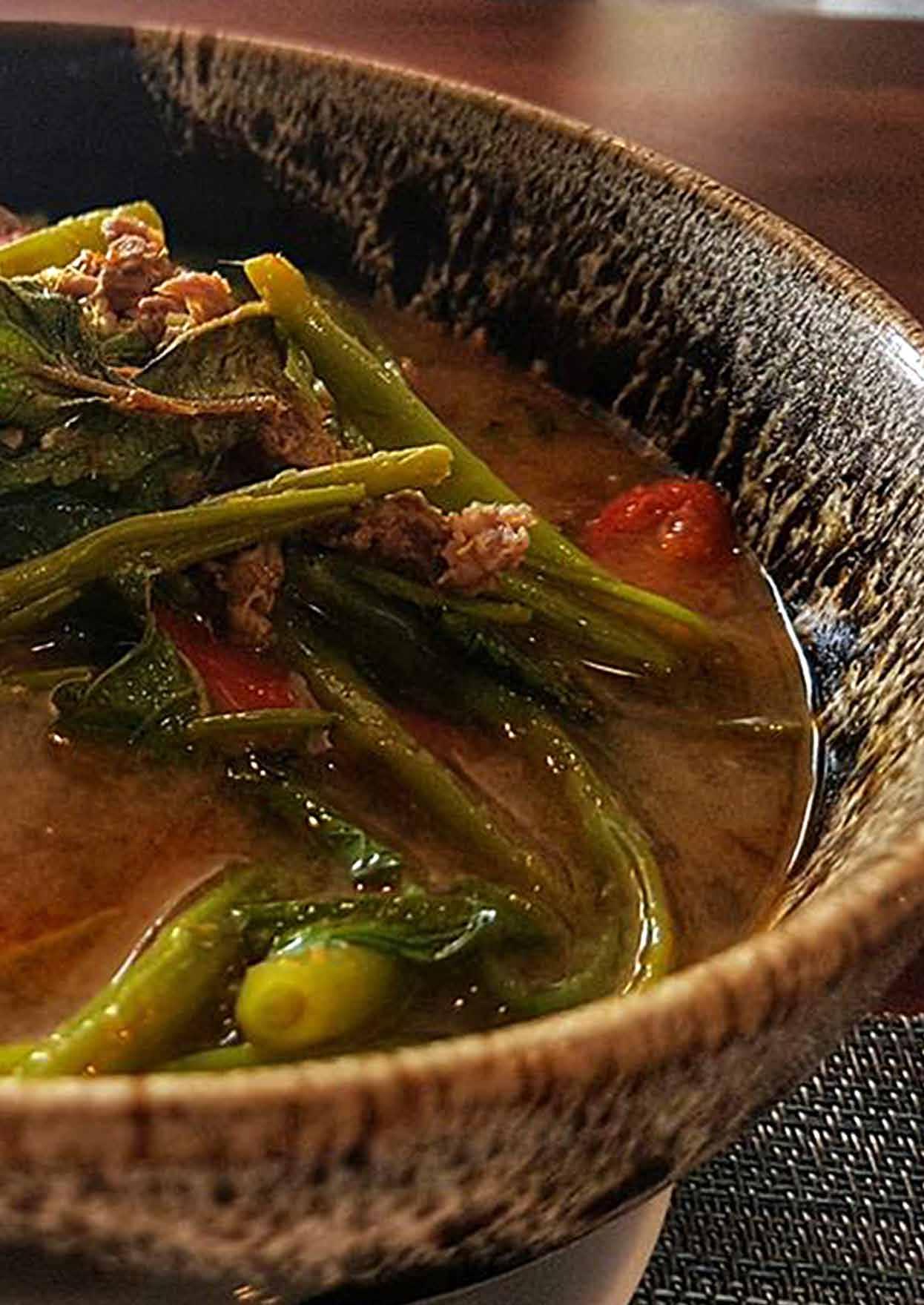
Siem Reap Sustenance
Advertisement

Khmer Pork noodle soup at Mi keav Siem Reap
by Martin Bradley
The ancient Chinese traveler Zhou Daguan (in his book A Record of Cambodia: The Land and its people in the early 1300s) called Cambodia Zhenla. In other times Cambodia has been called Kampuchea and Camboge (by the French) but now is generally referred to as the Kingdom of Cambodia.
The area which we now call Cambodia has had human settlement for over seven thousand years. For many hundreds of years those various kingdoms which eventually became Cambodia have traded with countries far and wide - Persia, Europe, China, Arabia, India etc. Spices and flavourings from these countries (as well as neighbouring countries) have all added to the cuisine of Cambodia. Later, French cuisine (while under French protection from 1863 until 1941) also influenced the way Cambodians ate, as seen in the proliferation of baguettes and frogs legs.
Any place having 2.6 million hungry international visitors per annum will, unquestionably, develop a gastronomic infrastructure to cater for those hordes. The city of Siem Reap (which means defeat of Siem or Siam/ Thailand), where the majority of visitors to the ancient city of Angkor will stay, has grown exponentially to house and feed that continuous stream of the hungry and thirsty.
Cambodian street foods are generally safe to eat, with the usual cautions like watching it being made fresh in front of you. These street foods vary from fried or grilled chive cakes (Num Kachay) and sweet potato cakes (Domlong Ang/Noum Domlong Barang), to grilled banana kebabs (Tcheck Ang) or rice cakes (Noum Krour) filled baguettes (Noum Pang Sak) and fried noodles (Lot Tcha) and a whole host of others, depending on where in Siem Reap you are. In Phnom Penh, I also saw the fertilised duck eggs

Grilled Khmer coconut cakes (Noum Domlong Barang) Grilled banana kebabs (Tcheck Ang) date. At some point ‘homesickness’ will creep in, even for those sick of home. It is with this thought in mind that those cuisines other than Khmer, Thai or Vietnamese have taken a firm foothold within the ever welcoming kitchens of the Cambodian city of Siem Reap. Rather than give a widely extensive list of all the international restaurants in Siem Reap, of which there are quite literally hundreds, I’ll let you into the secret of those which I have frequented over the past nearly a decade, and keep coming back to. Many restaurants sell the all pervasive burger, from Burger King to KFC and more local restaurants which proffer something resembling a burger, be it meat or vegetarian. The Vibe presents a meat alternative burger but you’d have to go a long long way to beat the intriguing named Jungle Burger Sports Bar and Bistro with intriguingly named burgers such as the Hong Kong Phooey Burger, the Sloppy Joe Burger, the Pulled Pork Burger, the Kalifa Burger, Godfather Burger, Avocado & Bacon Burger, Blue Cheese & Bacon Burger and many many more Jungle Burger’s most endearing offering, however, is not a burger but New Zealand pies. To be specific, those Anzac homemade pies (including the New Zealand staple minced meat and onion pie) served up at reasonable cost in a friendly, relaxed atmosphere, and not just for expat New Zealanders either. The

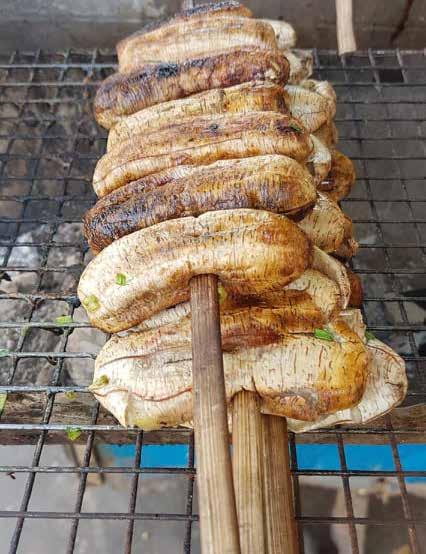
Street snacks, fried grasshoppers

which are so popular in the Philippines where they are called Balut, in Cambodia they are Pong Tea Kon.
There are a plethora of local ‘Cambodian’ restaurants, which in themselves range from cheap eats (like Mi Keavv and Thai Boat Noodles) where breakfast is pork, duck or beef soup and all its trimmings (intestines, blood etc) and is available at a reasonable price ($3 at the time of writing). There are also gourmet nuvo-cuisine emporiums like Malis, Chanrey Tree and Lum Orng (where colourful edible flowers, like those from the Sesbania family of plants, have become fashionable). Then there are truly international cuisines available for those able to pay (in US Dollars) for the privilege of ‘Fine Dining’ and/ or a champagne breakfast (offered by the Grand Hotel d’Angkor).
If you are staying for any number of days in Siem Reap, taking time to visit and revisit Angkor and its multiple ancient Wats, when it comes to food you may like to mix it up a bit for variety. You might choose to sample something other than the Khmer beef stir fry which is Lok Lak, or the steamed fish ‘curry’ known as Amok or the ubiquitous ‘curry’ which resembles those of Thailand but are easier on the stomach (and bowels). Well, lucky for you there is an abundance of cuisines just waiting for you to try
While Khmer (Cambodian) restaurant cuisine may be an adventure for a few days, like any cuisine it has its sell by

Hideout too has burgers (two mini burgers for the price of one), but really specialises in low cost international and local meals for those on a budget which it does with aplomb and courteousness.
Also on my list, in no particular order, would sit the haven which is Georges Rhumerie French Restaurant which, strictly speaking, is a Creole fusion establishment making its own varieties of rum as well as some great food such as Vindail Fish (fish fillet cooked with French whole grain mustard, Garlic, Long chili) and Sweet Cambodian Prawns (organic palm syrup with sea prawns). At Georges the staff will soon make you feel at home and the mixture of Western and Eastern tastes will enthrall and excite, especially if you have the 13 different flavoured organic rums taster set.
The afore-mentioned Jungle Burger is a favourite go-to, as is The Hideout and the American cafe nearby called Common Grounds. Common Grounds is a Christian charity cafe and internet hub, helping local youth into the catering and service industries. For Mexican (and for that read Tex/Mex) food there are many choices but, for me, the go to is always Viva Mexican Restaurant, with its ‘bucket’ (carafe) of frozen Margaritas, good size dishes and great views of Siem Reap street life. For Italian you simply cannot do better than the family owned Mammashop with reasonably authentic pizzas and pastas at good prices. For cheap Khmer eats head to the extensive menu of Psa Chas Restaurant Chan Loemluon in front of Siem Reap’s Old Market (Psa Chas), with a wide range of popular local dishes, and will also cook ‘eggs and bacon with a baguette’ for breakfast. Elsewhere in Siem Reap there are German, French, Greek, Indian Korean and a whole host of other cuisines fit for kings or paupers, or both.
At the time of writing (the 2020 Covid days), many Western owned eateries have closed waiting to reopen, or have closed down. The usually rowdy ‘Pub Street’ with its slightly up-market (and more expensive) Khmer fusion restaurants, is quiet. Some restaurants around the city centre have reopened, like Sister Srey (a middle of the range cafe and restaurant by the river diving Siem Reap) but many have stayed closed after the initial lock-down awaiting the reopening of Cambodia, and the return of foreign tourists, or new owners. While elsewhere a new(ish) mall has opened replete with a cafe - Amazon Cafe.
Eggs Benedict at Common Grounds



Salami Picantti Pizza at Mammashop Italian Restaurant
It’s 8.30am. I’m off to The Hideout for an ‘Eggs Benedict’ breakfast. I’ve been trapped here (in Cambodia) for six months and am on a budget for the foreseeable future.
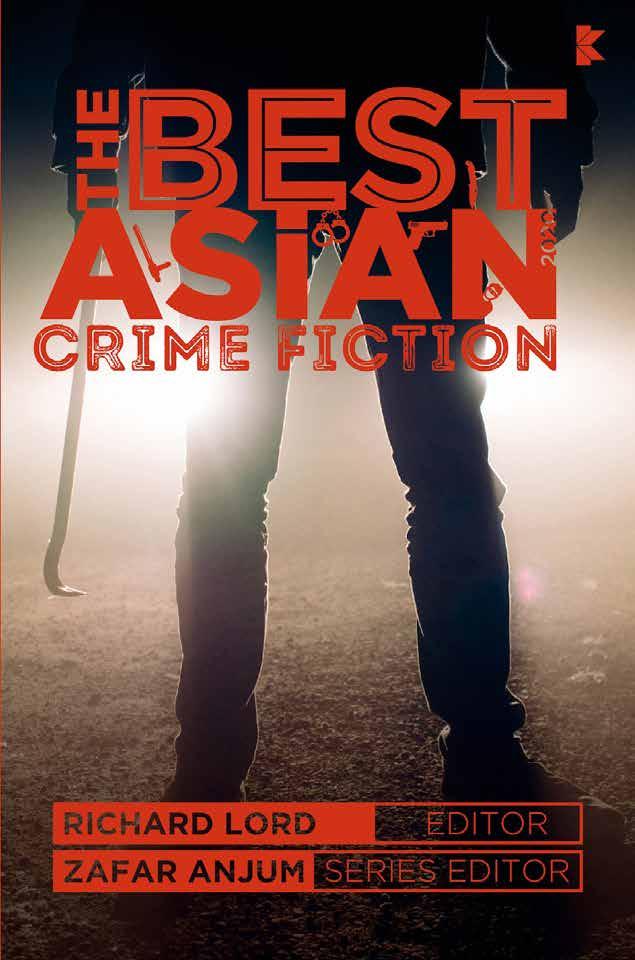
Martin Bradley short story inside “Murder in Malim Nawar” Kitaab Books Singapore https://kitaab.org/about/
Martin Bradley short story inside “Siem Reap - A Slight Return” Kitaab Books Singapore https://kitaab.org/about/
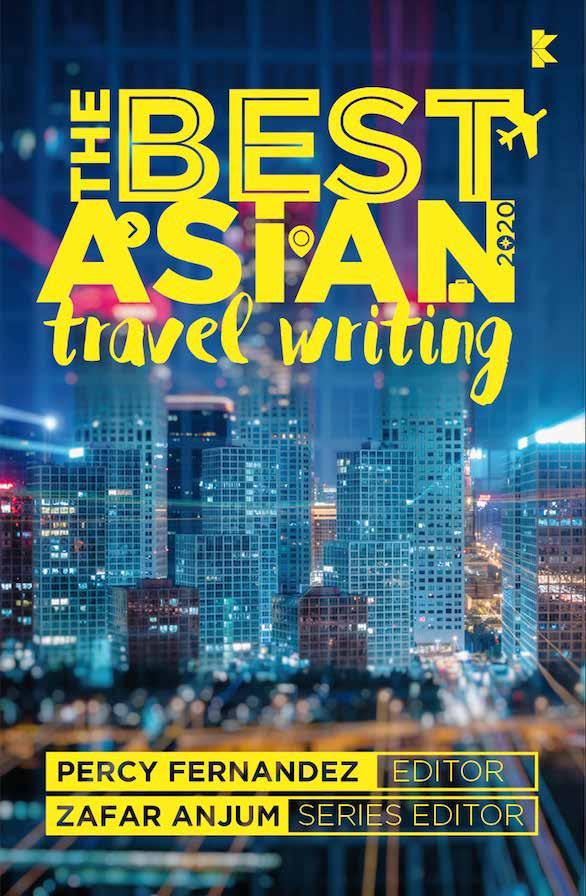
martin bradley

Martin Bradley is the author of a collection of poetry - Remembering Whiteness and Other Poems (2012) Bougainvillea Press; a charity travelogue - A Story of Colors of Cambodia, which he also designed (2012) EverDay and Educare; a collection of his writings for various magazines called Buffalo and Breadfruit (2012) Monsoon Books; an art book for the Philippine artist Toro, called Uniquely Toro (2013), which he also designed, also has written a history of pharmacy for Malaysia, The Journey and Beyond (2014). Martin wrote a book about Modern Chinese Art with Chinese artist Luo Qi, Luo Qi and Calligraphyism from the China Academy of Art, Hangzhou, China, and has had his book about Bangladesh artist Farida Zaman For the Love of Country published in Dhaka in December 2019.
He is the founder-editor of The Blue Lotus formerly Dusun an e-magazine dedicated to Asian art and writing, founded in 2011.
singapore 2012

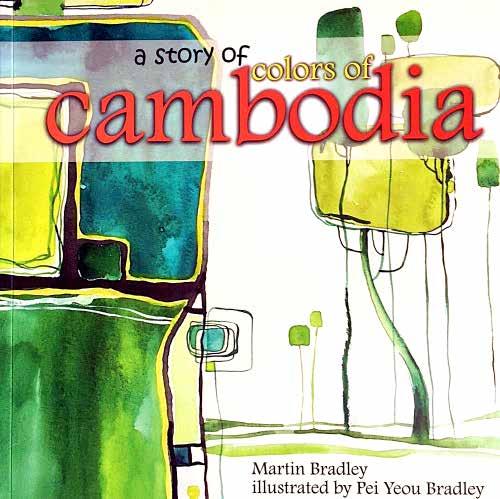
malaysia 2012
bangladesh 2019


china 2017
philippines 2013

malaysia 2014

Lotus The Blue







